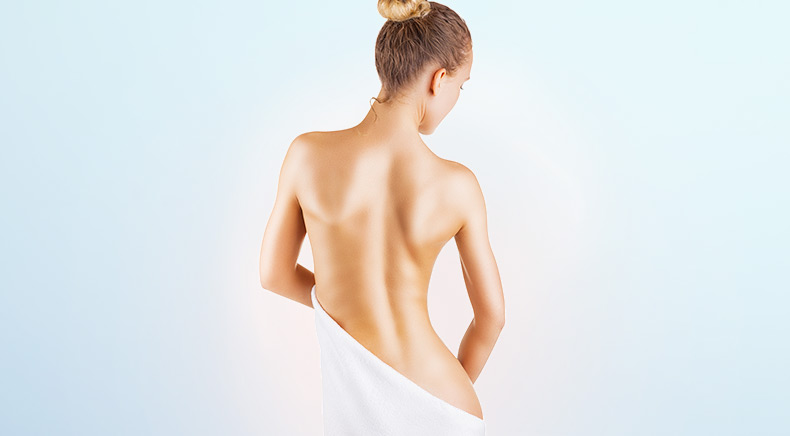
Though a scar cannot be removed completely it is often possible to make it appear less obvious. This can be done through the injection or application of steroid medications.
Scar modification can also be achieved by a procedure known as a scar revision. Surgical scar revision can change the size of a scar, raise depressed scars or lower elevated scars. Scar revision improves the appearance of a scar while leaving another – though less obvious – scar in its place. While a scar’s colour cannot be altered, colour will usually fade in time.
Because every scar is different and requires a different approach, a consultation will determine the best approach to treat your scar. Most methods of scar revision can be done in-office using local anesthesia.
Surgical Scar Revision:
During surgical scar revision, a scar is removed and the surrounding healthy skin is joined in a less conspicuous manner. Wide scars can often be excised and closed resulting in a narrower, less obvious scar; similarly, long scars can be shortened.
Irregular or zig-zag incision lines (rather than a straight incision line) are used to form a new scar that is harder to recognize. This method can also be used to move scars into less obvious places such as the hairline or a natural fold in the skin.
Surgical scar removal works best on scars that are long, prominent, or have healed in a particular shape. Best results are achieved when a scar is removed and wound edges are joined without tension.
Punch Grafts:
Punch grafting is often the best treatment for deep acne scars. This method involves using a small instrument to punch a hole in the skin, remove the scar and replace it with a small plug of new skin (usually taken from the back of the earlobe). The new skin is taped into place for about seven days to permit healing. Though punch grafting produces new scars, the new scar will be smoother and less apparent than was the depressed scar.
Dermabrasion:
Dermabrasion can be used to treat acne scars, chickenpox scars, tattoos, wrinkle lines and surgical scars. Using an electrical device that removes the top layers of skin, dermabrasion planes down an irregular skin surface. Patients can usually return to work within two weeks. Several sessions may be needed if scars are deep, such as acne scars.
Laser Resurfacing:
Laser light is used to burn away fine scars, wrinkles and sun damaged skin. Patients an return to work within two weeks, though residual redness can last up to six months.
Chemical Peel:
The chemical peel is used to treat superficial scars, sun-damaged skin and irregularly colored skin. Like dermabrasion, chemical peels smooth depressed scars by removing top layers of skin with a chemical compound. The chemical is applied to the skin with a cotton-tipped applicator starting at the forehead. Little healing time is needed after a light peel, though deeper peels can require up to two weeks to heal.
Injections:
Injectable substances such as collagen can also be used to fill depressed scars. While improvement is immediate, it is not permanent and continuous treatment is required.
Other Treatment Methods:
Used to treat both raised and depressed acne scars, cryosurgery freezes the upper skin layers. This causes blistering which can sometimes cause scars to diminish in size.
Cortisone-like injections are used to soften firm scars (or keloids) causing them to shrink and flatten.
Tattooing using a tattoo gun technique can be performed without the use of pigment to encourage white scars to return to normal pigment.
